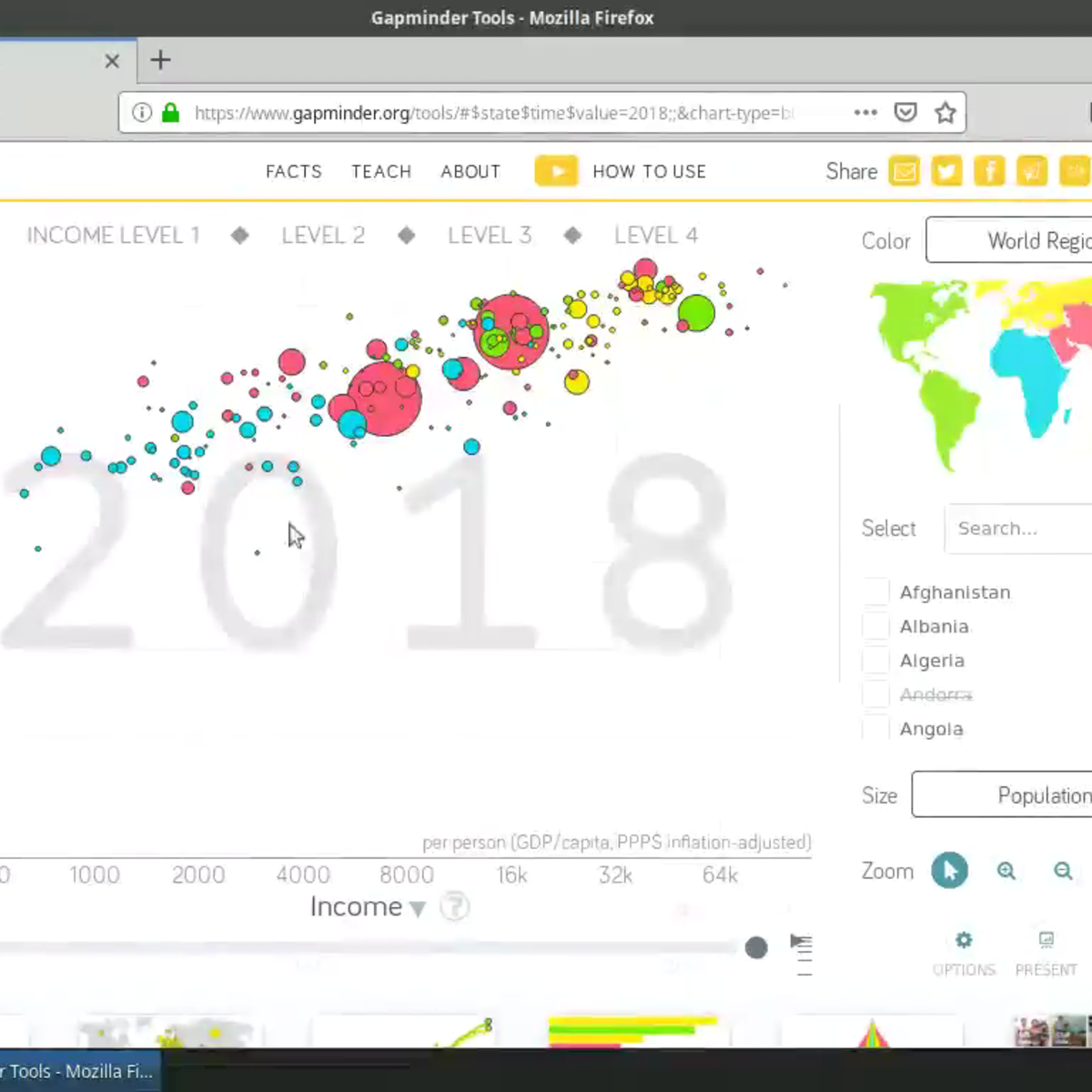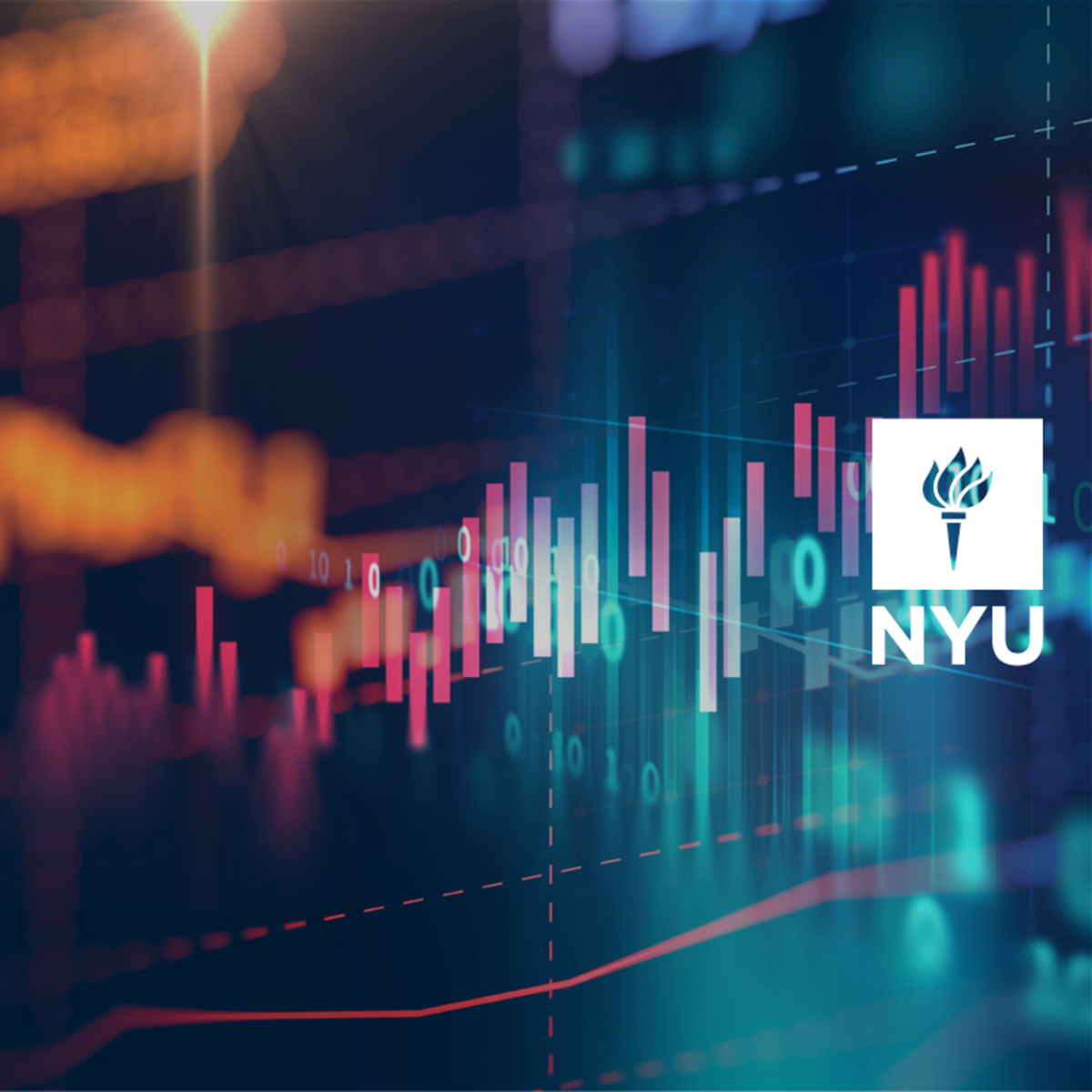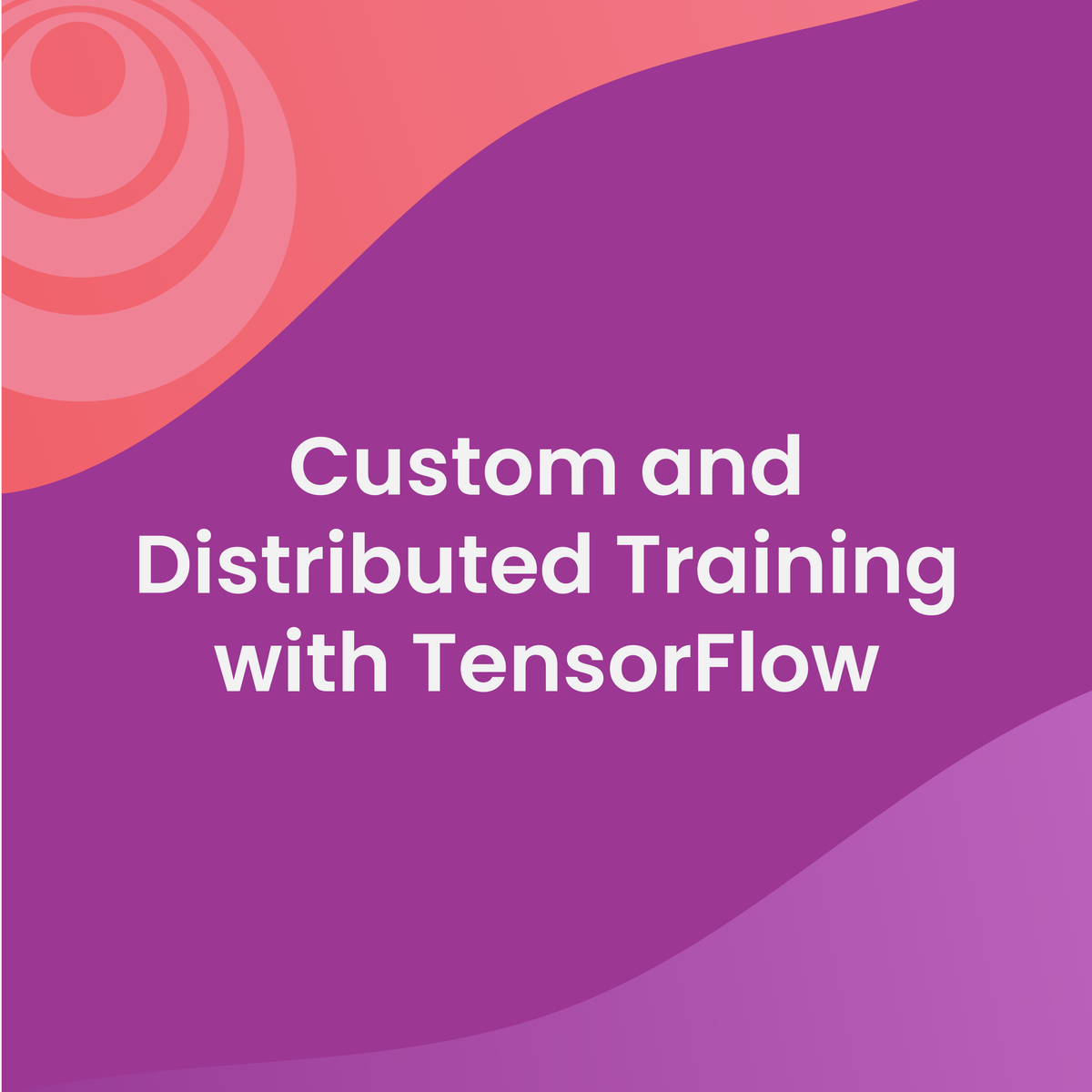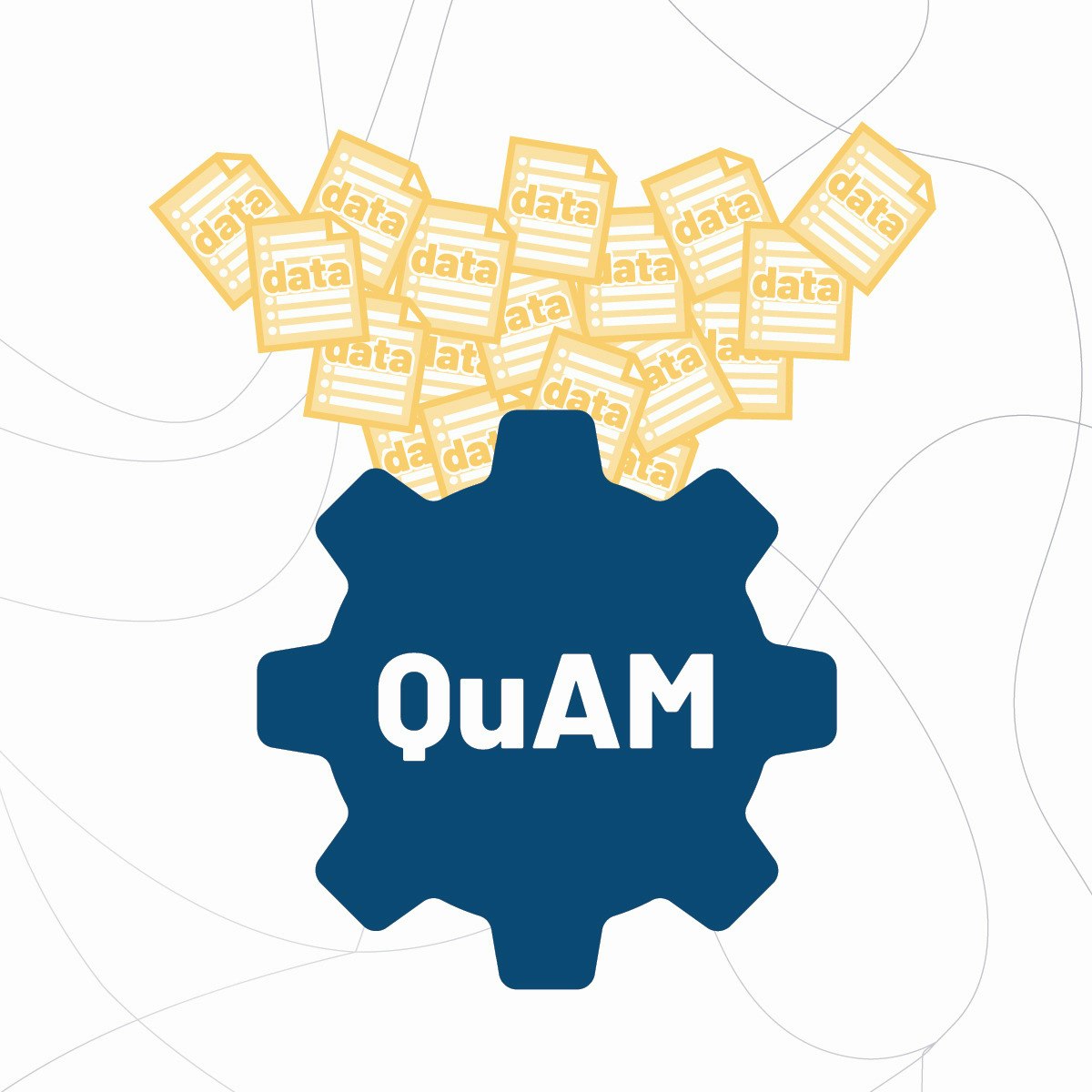Back to Courses




Machine Learning Courses - Page 49
Showing results 481-485 of 485

Data Visualization with Plotly Express
Welcome to this project-based course on Data Visualization with Plotly Express. In this project, you will create quick and interactive data visualizations with Plotly Express: a high-level data visualization library in Python inspired by Seaborn and ggplot2. You will explore the various features of the in-built Gapminder dataset, and produce interactive, publication-quality graphs to augment analysis.
This course runs on Coursera's hands-on project platform called Rhyme. On Rhyme, you do projects in a hands-on manner in your browser. You will get instant access to pre-configured cloud desktops containing all of the software and data you need for the project. Everything is already set up directly in your internet browser so you can just focus on learning. For this project, you’ll get instant access to a cloud desktop with Python, Jupyter, and Plotly Express pre-installed.
Notes:
- You will be able to access the cloud desktop 5 times. However, you will be able to access instructions videos as many times as you want.
- This course works best for learners who are based in the North America region. We’re currently working on providing the same experience in other regions.

Overview of Advanced Methods of Reinforcement Learning in Finance
In the last course of our specialization, Overview of Advanced Methods of Reinforcement Learning in Finance, we will take a deeper look into topics discussed in our third course, Reinforcement Learning in Finance.
In particular, we will talk about links between Reinforcement Learning, option pricing and physics, implications of Inverse Reinforcement Learning for modeling market impact and price dynamics, and perception-action cycles in Reinforcement Learning. Finally, we will overview trending and potential applications of Reinforcement Learning for high-frequency trading, cryptocurrencies, peer-to-peer lending, and more.
After taking this course, students will be able to
- explain fundamental concepts of finance such as market equilibrium, no arbitrage, predictability,
- discuss market modeling,
- Apply the methods of Reinforcement Learning to high-frequency trading, credit risk peer-to-peer lending, and cryptocurrencies trading.

Facial Expression Recognition with PyTorch
In this 2-hour long guided-project course, you will load a pretrained state of the art model CNN and you will train in PyTorch to classify facial expressions. The data that you will use, consists of 48 x 48 pixel grayscale images of faces and there are seven targets (angry, disgust, fear, happy, sad, surprise, neutral). Furthermore, you will apply augmentation for classification task to augment images. Moreover, you are going to create train and evaluator function which will be helpful to write training loop. Lastly, you will use best trained model to classify expression given any input image.

Custom and Distributed Training with TensorFlow
In this course, you will:
• Learn about Tensor objects, the fundamental building blocks of TensorFlow, understand the difference between the eager and graph modes in TensorFlow, and learn how to use a TensorFlow tool to calculate gradients.
• Build your own custom training loops using GradientTape and TensorFlow Datasets to gain more flexibility and visibility with your model training.
• Learn about the benefits of generating code that runs in graph mode, take a peek at what graph code looks like, and practice generating this more efficient code automatically with TensorFlow’s tools.
• Harness the power of distributed training to process more data and train larger models, faster, get an overview of various distributed training strategies, and practice working with a strategy that trains on multiple GPU cores, and another that trains on multiple TPU cores.
The DeepLearning.AI TensorFlow: Advanced Techniques Specialization introduces the features of TensorFlow that provide learners with more control over their model architecture and tools that help them create and train advanced ML models.
This Specialization is for early and mid-career software and machine learning engineers with a foundational understanding of TensorFlow who are looking to expand their knowledge and skill set by learning advanced TensorFlow features to build powerful models.

Optimizing Machine Learning Performance
This course synthesizes everything your have learned in the applied machine learning specialization. You will now walk through a complete machine learning project to prepare a machine learning maintenance roadmap. You will understand and analyze how to deal with changing data. You will also be able to identify and interpret potential unintended effects in your project. You will understand and define procedures to operationalize and maintain your applied machine learning model. By the end of this course you will have all the tools and understanding you need to confidently roll out a machine learning project and prepare to optimize it in your business context.
To be successful, you should have at least beginner-level background in Python programming (e.g., be able to read and code trace existing code, be comfortable with conditionals, loops, variables, lists, dictionaries and arrays). You should have a basic understanding of linear algebra (vector notation) and statistics (probability distributions and mean/median/mode).
This is the final course of the Applied Machine Learning Specialization brought to you by Coursera and the Alberta Machine Intelligence Institute (Amii).
Popular Internships and Jobs by Categories
Browse
© 2024 BoostGrad | All rights reserved


